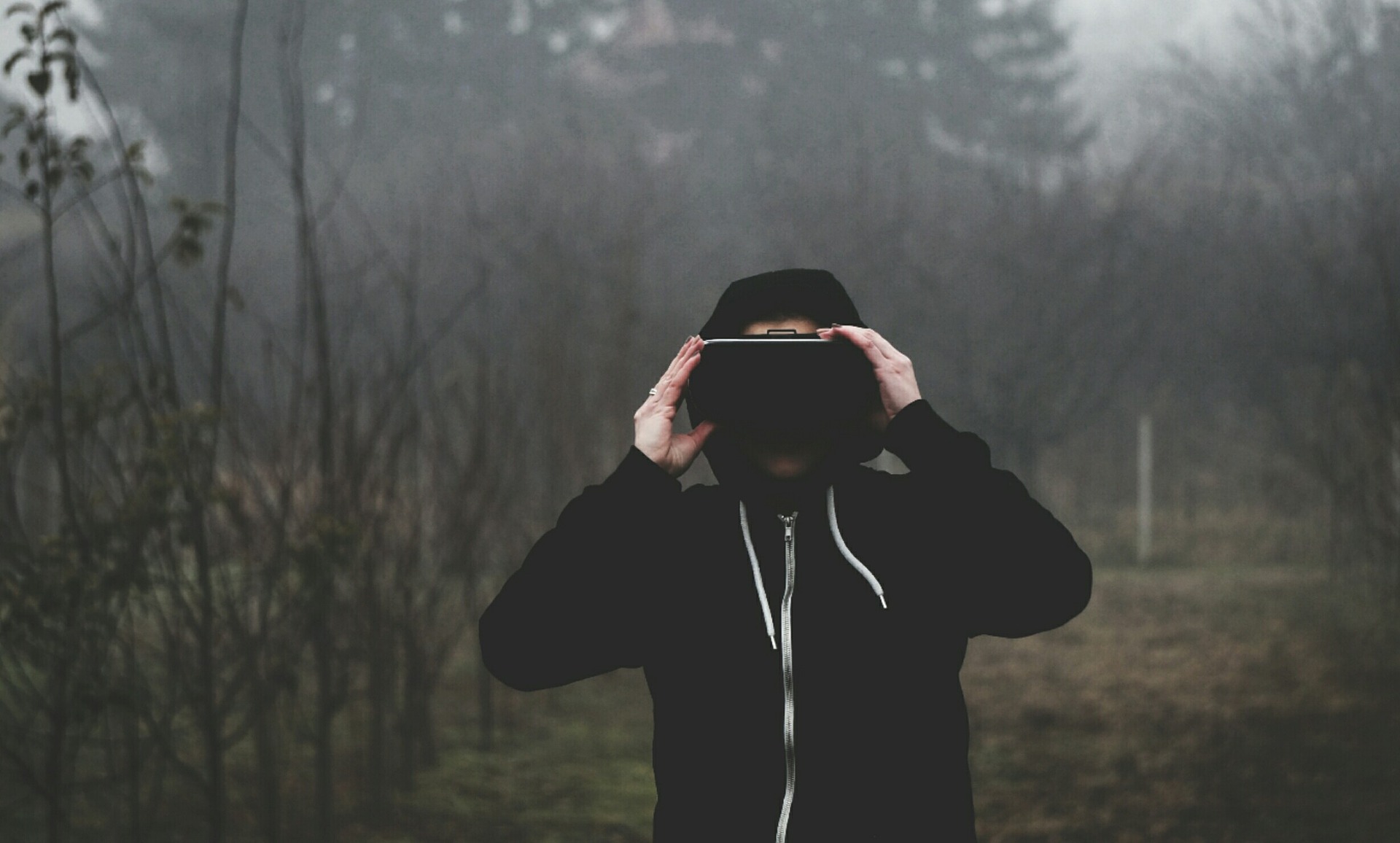Augmented, virtual, mixed … It is not so simple to find oneself with all these forms of reality. But differentiating between virtual and augmented realities is pretty easy.
The origins
The concepts of virtual reality and augmented reality have enjoyed a relatively recent popularity, but their origin is not new. For virtual reality, it is necessary to go back until 1962 to find the appearance, with the creation of Sensorama by Morton Heilig. Later, in the 80s, Steve Mann invented the EyeTap, a headset for displaying virtual information in front of the user’s eyes, which can be described as the first example of augmented reality.
None of these technologies is truly a novelty, yet they are just beginning to be democratized with the general public. Major leading high-tech groups such as Google, Facebook, Sony and Microsoft have already offered their own augmented and virtual reality solutions.
Virtual Reality
This is surely the technology of the moment, one that is on everyone’s lips due to Oculus Rift, PlayStation VR and HTC Vive (by HTC and Valve). Virtual reality plunges the user into a virtual world modeled in three dimensions, in which it is possible to move and interact.
The whole idea of a virtual reality helmet is to create a simulation as close as possible to reality. To do this, the main devices are also based on a so-called sound spatialization technology. Translation: it is possible to hear sounds “in 3D”, to be able to locate them in front of, behind or beside oneself and to have the impression of a certain distance.
Only downside: it is possible to experience nausea, dizziness or headaches depending on people or experiences. This is due to the latency between the moment the player moves the head and the moment the screen displays the movement. This delay was particularly important a few years ago, making the experience unpleasant, but this latency has improved significantly in recent times and is now practically nil.
Augmented Reality
To make it simple, augmented reality uses the real world to display information (in 2D or 3D), with which the user will be able to interact. These data appear through a specific device, ranging from the helmet (or glasses) to a smartphone, tablet or computer. It is therefore a technology superimposing virtual elements (numbers, images, texts) to our real world view. The perceived reality is thus augmented by digital information allowing to clarify its environment.
One of the benefits of augmented reality glasses is that they can operate autonomously and be easily transportable. Unlike virtual reality headphones, it can be an object used daily to take pictures, surf the net, geotag or work.
What uses for these technologies?
Virtual reality is transforming several sectors. In the lead: video games, education, medical and military. This is not surprising given that since each movement is reproduced in the virtual universe, the immersion is total and allows to organize simulations of a great precision.
In the other hand, the augmented reality is more oriented toward wider sectors, such as leisure, industry, automobile or aerospace. The list is long, given that this technology allows a much more versatile use than RV headsets.
















